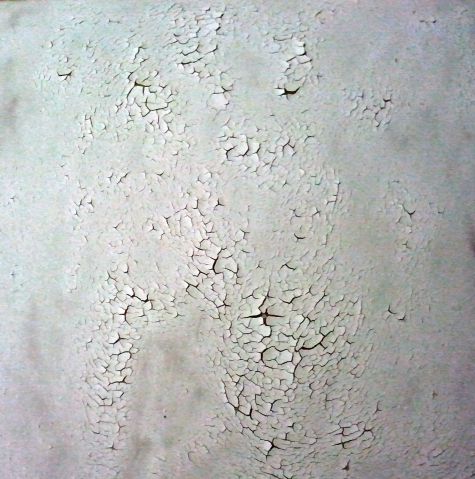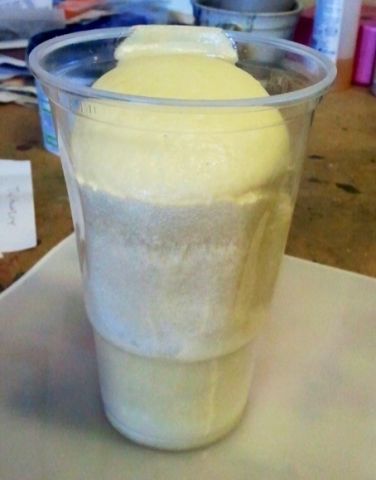Precipitates and Substrates
Precipitate: Noun
A substance precipitated from a solution.
Substrate: Noun
A substance or layer that underlies something, or on which some process occurs, in particular.
To be usable, all pigments need to be carried in some sort of solution. As the solution dries, the pigments (the precipitate) bind to whatever surface it is that they’re on (the substrate).The vibrancy and permanence of the colour will depend a great deal on the choice of materials selected both as binder and substrate.
I have been obtaining pigments from natural materials in a wonderful array of colours. My next challenge is to learn how to create perfect surface finishes worthy of artworks, and fix the pigments to create colours that will last.
If I was dyeing a cloth I would use a bath of alum to fix the pigment to the cloth, but the process becomes more tricky when dealing with pigment applied to a solid, flat surface.
Last week I visited my sister in London for a few days. She is a paper conservator and has a great interest in, and knowledge of, natural pigments. Historically, pigments of this sort were used in inks to colour documents and artworks, and so must now be recreated by conservators in order to repair these old works and gain an understanding of how best to preserve them for the future.
Fiona has done many tests using natural dyes on paper and explained to me the need for binding mediums to make the pigment usable and hold the colour on the page. Pigments are fixed to a precipitate formed with alum and potash or to a chalk substrate.
However I have found in my own tests that when trying to use my pigments on other ‘artwork’ surfaces such as glass and board and with the addition of industrial solvents and resins, these chalky substrates tend to fracture and crack as they dry.
In an attempt to resolve this issue I’ve spent today experimenting with alternatives.
Initially I wondered about using something like traditional gesso or egg tempera as I figured both of these might be a little more flexible than the chalk and water slurry I have been using. However when discussing it with my chemist he came up with a couple of suggestions which may be better suited to mixing with the solvents and resins I am using. As I’m always keen to try something new, this sounded like a great plan, and so I got out my gloves, mask and digital scales and got down to business.
Option 1 is cellulose powder, which is very sticky when mixed with water, so no additional binder is needed. It’s also very absorbent so should be able to soak up the maximum amount of colour.
Option 2 is silica; this is similar to the stuff you sometimes find in tiny packets inside handbags and the boxes of new shoes. Its water absorbing properties are used to protect products by soaking up any moisture in the air, so it should be perfect for absorbing pigment solutions too. I also added a dash of plaster to the mix to increase its binding properties.
Both mixtures have been used to coat a selection of surfaces and I’m now waiting for them to dry. My chief desire is to eliminate the cracked texture that reoccurs throughout my earlier trials. Hopefully the drying process won’t take too long in this warm weather and I’ll be able to gauge my success in a day or two.


